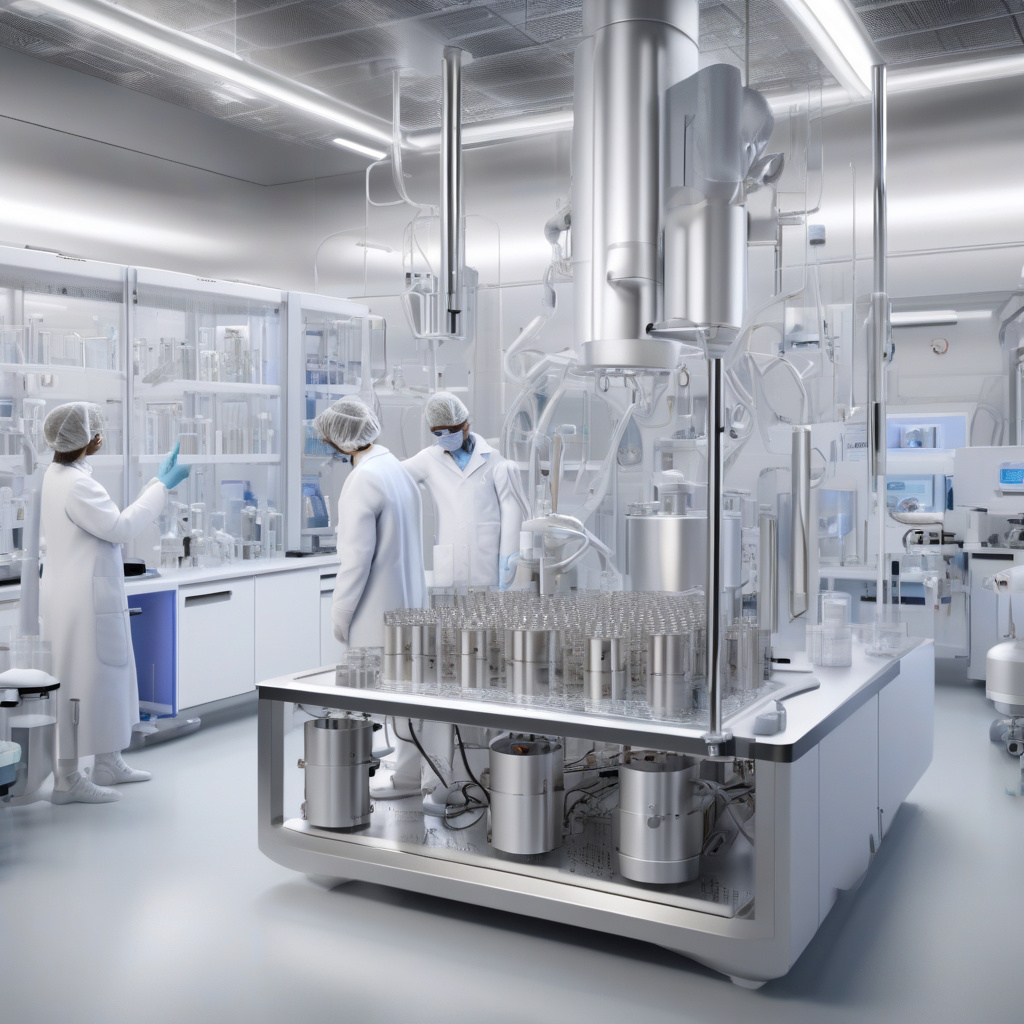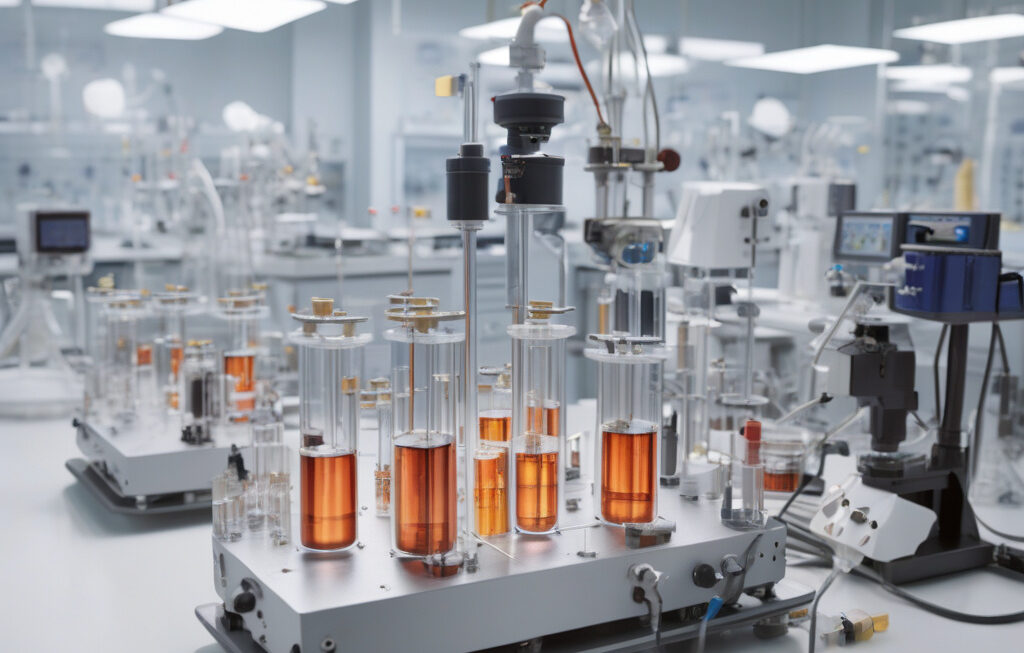US Team Sets Record with 3D-Printed Stainless Steel Biobattery Powered by Bacteria
Sometimes the answer isn’t in a lab across the world, it’s just one floor down. This statement couldn’t be truer for a team of researchers in the United States who have recently made headlines by setting a groundbreaking record in the field of biobatteries. By harnessing the power of 3D printing technology and the energy-producing capabilities of bacteria, this innovative team has achieved what many thought to be impossible.
Biobatteries are a type of energy storage device that utilizes the metabolic processes of microorganisms to generate electricity. While this concept is not new, the US team’s approach to creating a biobattery using 3D-printed stainless steel is a game-changer in the industry. By combining the structural integrity of stainless steel with the flexibility of 3D printing, the team was able to design a biobattery that is not only efficient but also cost-effective and scalable.
One of the key advantages of using 3D-printed stainless steel in the construction of biobatteries is its ability to provide a stable environment for the bacteria to thrive. Unlike traditional materials, such as plastic or glass, stainless steel is highly durable and resistant to corrosion, making it an ideal choice for housing the sensitive microorganisms. This durability ensures that the biobattery can function optimally for an extended period, without the need for frequent maintenance or replacement.
Furthermore, the use of 3D printing technology allows for the precise customization of the biobattery’s design, enabling researchers to create complex geometries that maximize energy output. By strategically placing the bacteria within the 3D-printed structure, the team was able to enhance the efficiency of the biobattery and achieve a record-breaking level of power generation.
In addition to its technical innovations, the US team’s biobattery also represents a significant step towards sustainable energy production. Unlike traditional batteries that rely on non-renewable resources, biobatteries harness the natural metabolic processes of bacteria to generate electricity. This eco-friendly approach not only reduces the carbon footprint of the energy storage device but also opens up new possibilities for powering a wide range of applications in a more sustainable manner.
The success of the US team in developing a 3D-printed stainless steel biobattery powered by bacteria serves as a testament to the power of interdisciplinary collaboration and innovative thinking. By bridging the gap between materials science, microbiology, and 3D printing technology, the researchers have paved the way for a new generation of energy storage devices that are efficient, sustainable, and cost-effective.
As we look towards the future of energy production and storage, it is clear that biobatteries hold immense potential to revolutionize the way we power our world. With further advancements in materials science and biotechnology, we can expect to see even more groundbreaking innovations in the field of biobatteries in the years to come. And who knows, maybe the next big discovery is just one floor down, waiting to be uncovered.
biobattery, 3D printing, bacteria power, sustainable energy, innovative technology












